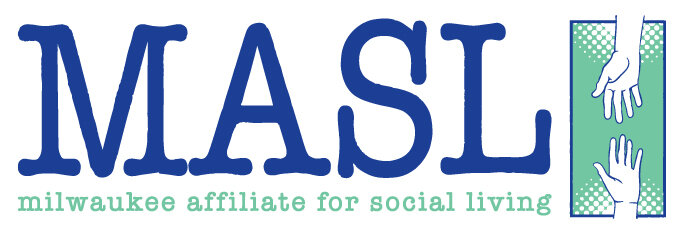Community Context
By the age of five, most children experience their first important break from family through the enrollment in school. In fact, over recent decades with the advent of K3 and k4 programs in some public school systems, this break has occurred much sooner.
This separation can be stressful for children and parents alike. After a period of almost total reliance on the family system, the beginning of school brings the child under the care of the community. From this point forward, the community begins to hold increasing sway over the individual.
Whereas some children come to be exposed to new threats and concerns, other children may experience respite from family conditions and find new opportunities for belonging and guidance.
What we typically refer to as “increasing independence” for youth, actually means skill development and self care that will allow for a deeper involvement in community life. Whatever conditions describe our communities, await our youth as they dispatch into adult life.
Research has shown that conditions of the community such as community violence, poverty, and social access play a determining outcome for youth. Although family life has the most immediate impact upon early life development, strong family connections alone cannot fully mitigate against the community risks and factors that occur to youth as they enter into adolescence and early adulthood. Exposure to community hardships has been found to impact upon individuals at the biological level, in the form of cortisol levels (stress hormones), chronic health issues, and shorter life expectancy.
In more affluent communities, a different set of community risk factors may be evident. Eating disorders, substance abuse, and social stressors often impact affluent suburban communities at even greater levels than disadvantaged communities. At times, greater social access and greater resources brings with it greater access to social vices and risks.
What life lessons lie outside your front door? Throughout life, our community’s offer risks and opportunities that can be entirely impactful upon our health and wellness.
Fitting In and Measuring Up
The conditions outside our front door in early childhood and how our families find their place within them, shapes our earliest experience with “others” outside the family and with the world in general. Did your community of origin offer threats? Promise? Uncertainty?
Were you conditioned early in life to look down on others in the community? Were you and your family looked down upon? Were you able to “measure up” and “fit in” in our community? Where did you find belonging in your community? How might you have been targeted?
All of these variables shape our earliest impressions of the world, and how we will ultimately attempt to seek our place in it, or retreat from it all together.
For some, the conditions of outside community come crashing in through the front door, decimating the life and order of the family experience. For others, the community outside offers nurturance, security, and possibilities that were not available to us within our family life.
There are also the considerations for the place one’s own community finds in the broader social order. Some people find themselves in communities of comfort, affluence, and social influence. Others may develop in cloistered communities, operating in close proximity of those in the immediate community but outside the operations of general society. Still others find themselves sharing conditions of despair, poverty, and insecurity. Where some find the resources of neighbors spreading out in shared cooperation, others find vice, hardship, and competition for scarce resources.
Our early community life offer us examples of relative success and failure. Community life can serve to buoy an individual up and onward to greater things, or it may trap and ensnare the individual in false hope and short-lived ambitions.
For better or worse, early community life sets a template for what to expect in the world, as we take root, flee, or simply pass through the immediate social settings we find ourselves in.
Epigenetics and Longer Standing Impact of Community Life
An emerging area of sciences shows just how longstanding the impact of community conditions can have upon an individual. In fact, this research demonstrates how community life from before an individual is even born, can have an impact across generations!
Epigenetics is the study changes in organisms that occur as a function of gene expression. This area of research has identified how experiences of one generation, can latter be manifest through altered gene expression in subsequent generations. Practically speaking, this means the conditions endured by one generation, may represent biological shifts and changes is in future generations.
Extreme stress during pregnancy can impact upon the later expression of health conditions and concerns in the child later in life. In this way, severe environmental stressors associated with community conditions, can have lifelong impact upon on an individual, even if those same conditions are no longer present after gestration. Diabetes, anxiety, depression, cancer, and degenerative disorders have all been linked to epigenetic causes. Material scarcity, violence and warfare, and forced transience are all circumstances that can have longstanding, multigenerational impacts upon communities.
Personal Growth Through Enhancing and Expanding Community
Alfred Adler viewed an individual’s capacity to find themselves at home in every community to be an outcome of optimal adaptation.
We are social beings capable of growing and evolving only through our experience in commune with others. Since we all develop in different community settings, it is imperative that we can both generalize and discriminate in varying degrees, to allow us to enter into community with others that we come in contact with over the course of time. We grow always by degrees, finding commonalities while expanding and developing our expectations from others, through the new experiences we afford ourselves. By placing ourselves in new and uncomfortable settings, we become increasingly comfortable and at home in this wide world.


